Content Analytics Dashboardsv
Content analytics dashboards are powerful tools that help businesses make informed decisions based on data-driven insights. These dashboards provide a comprehensive view of content performance and audience behavior, enabling companies to optimize content strategies, drive engagement, and ultimately achieve business growth.
The Importance of Effective Content Analytics Dashboards
Effective content analytics dashboards are more than just a collection of data. They offer valuable insights into the effectiveness of a company’s content marketing efforts, allowing businesses to understand what content resonates with their target audience, identify trends, and make data-backed decisions to improve their strategies. By harnessing the power of these dashboards, businesses can extract meaningful insights that can drive their success.
Key Features of Content Analytics Dashboards
Content analytics dashboards present various features to help businesses better understand their content performance. Some key features include:
- Data Visualization: Content analytics dashboards use interactive charts, graphs, and visualizations to present complex data in a user-friendly format easily. This aids in quick comprehension and facilitates decision-making.
- Customizable Metrics: Businesses can choose and customize the metrics they want to track, allowing them to focus on what matters most to their specific goals and objectives.
- Real-Time Reporting: Dashboards provide real-time reporting, enabling businesses to monitor content performance promptly and adjust their strategies promptly.
- Segmentation Capabilities: Content analytics dashboards allow businesses to segment their audience based on various criteria, such as demographics, behavior, or engagement, providing insights into different audience segments.
- Conversion Tracking: By integrating with other tools, content analytics dashboards can track conversions, enabling businesses to measure the impact of their content on lead generation and sales.
- Competitor Analysis: Some advanced content analytics dashboards offer the ability to compare content performance with competitors, helping businesses benchmark their strategies and identify areas for improvement.
Benefits of Utilizing Content Analytics Dashboards
By utilizing content analytics dashboards, businesses can unlock numerous benefits:
Enhanced Content Strategy
With insights derived from content analytics dashboards, businesses can refine their content strategies, effectively targeting their audience and improving engagement.
Improved Decision-Making
Data-backed insights provided by content analytics dashboards empower businesses to make informed decisions, eliminating guesswork and reducing risks.
Optimized Performance
Businesses can continuously monitor content performance through analytics dashboards to identify underperforming content and take appropriate actions to optimize its impact.
Increased ROI
Effective content analytics dashboards enable businesses to allocate their resources wisely, focusing on content that drives the highest return on investment.
Competitive Advantage
Leveraging content analytics dashboards allows businesses to stay ahead of the competition by identifying emerging trends, understanding their audience better, and creating more impactful content
Continuous Improvement
With access to real-time data, businesses can constantly iterate their content strategies, ensuring continuous improvement and adaptation to changing market dynamics.
The Road to Success: Harnessing the Power of Content Analytics Dashboards
Implementing an effective content analytics dashboard requires careful planning and execution. Here are some steps businesses can follow to ensure they make the most out of these powerful tools:
- Define Objectives: Clearly define the goals and objectives you want to achieve through content analytics. This will help you choose the right metrics to track and align your efforts with your business objectives.
- Select the Right Dashboard: Research and choose a content analytics dashboard that aligns with your specific needs and provides the required features to measure and analyze your content effectively.
- Integrate Data Sources: Connect your content analytics dashboard with various data sources, such as your website analytics, social media platforms, and marketing automation tools, to have a comprehensive view of your content performance.
- Set up Key Metrics: Identify the key metrics that align with your objectives and customize your dashboard to track and monitor them effectively.
- Analyze and Interpret Data: Regularly analyze the data provided by your content analytics dashboard and interpret it to gain actionable insights. Look for patterns, trends, and areas of improvement.
- Optimize Content Strategy: Use the insights derived from your content analytics dashboard to optimize your content strategy, focusing on what works best for your audience and driving engagement.
- Monitor and Iterate: Monitor your content performance, track changes, and iterate your strategies accordingly. Content analytics dashboards provide real-time data, enabling timely adjustments.
Conclusion
Content analytics dashboards are indispensable tools for businesses looking to unlock the power of data-driven insights and drive their content strategies toward success. By harnessing the features and benefits of these dashboards, businesses can optimize their content performance, improve decision-making, and gain a competitive advantage in today’s digital landscape. Start leveraging content analytics dashboards today and unlock the true potential of your content marketing efforts!
